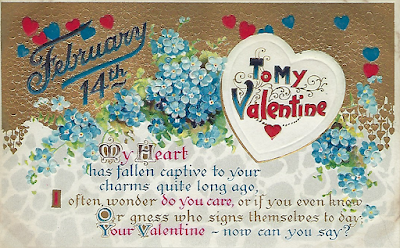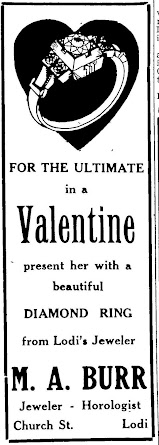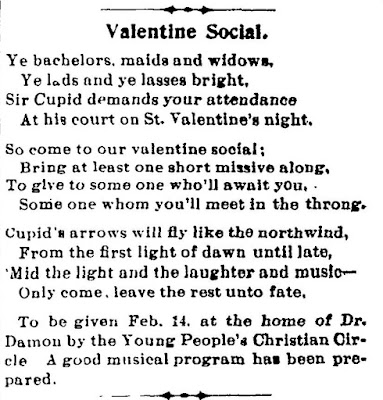by Lauren Kuntzman
Aerial photographs are a valuable resource for researching local and family history. Like maps, aerial photos can help:
Document the growth of a community
Identify an ancestor’s property and home
Show geological changes over time
Aerial photographs have a long history. Gaspar Felix Tournachon, (a.k.a “Nadar”) took the first aerial photo from a hot air balloon in 1858. 50 years later, the first aerial photo was taken from a plane, piloted by Wilbur Wright, with L. P. Bonvillain operating the camera. Aerial photography was used extensively in WWI. Following the war, non-military applications were explored.
For Medina County, Ohio, all aerial photos of the county were taken after WWI. The earliest attempt to photograph the entire county was made by the U.S. Department of Agriculture Soil Conservation Service on September 23, 1937, with additional photos taken later in September, November, and the following April. The following summer, the Gazette displayed one of the aerial photos in their office, which captured the public’s interest.
 |
| Medina County Gazette, 19 July 1938 |
The 1937 set of photos is just one of the six sets of aerial photographs of Medina County available in the Family History & Learning Center. The other sets date from 1951, 1958, 1965, 1973, and 1979.
To use these photos, each set has a map that serves as a key or guide. Each area on the map has a code, which references the photo for that specific location.
 |
| 1970s Aerial Photographs Key/Guide |
As an example, I looked at the photographs that show the development of cloverleaf interchange just north of Lodi, with Routes 42 and 224.
To get started I looked at our Key/Guide for the 1973 and 1979 sets of photos. It indicated that photo “F9” was the one that would show this area.
 |
| Aerial Photo, Lodi, 1979 (#F9) |
 |
| Aerial Photo, Lodi, 1973 (#f9) |
In these most recent photos, we see the cloverleaf interchange. But when we get back to the photo from 1958, it appears to be under construction.
 |
| Aerial Photo, Lodi, 1958 (#FV159) |
And, of course, when we work back to the earliest photo from 1937, we can see what the area looked like before all of the development!
 |
| Aerial Photo, Lodi, 1937 (#5-436) |
A couple of tips for using the aerial photographs:
- Tip #1: Before you begin, you may want to get your bearings on Google Maps, looking for landmarks like roads and other features.
- Tip #2: As with genealogical research, your search may be more successful to start closest to the present, then work back into the past.
If you are interested in using the aerial photographs, any member of the MCDL Genealogy Team will be happy to assist you.
To help you along on your research, we’ve digitized the map keys/guides for the 1937, 1973, and 1979 photographs. Click below to download and view them.


















































